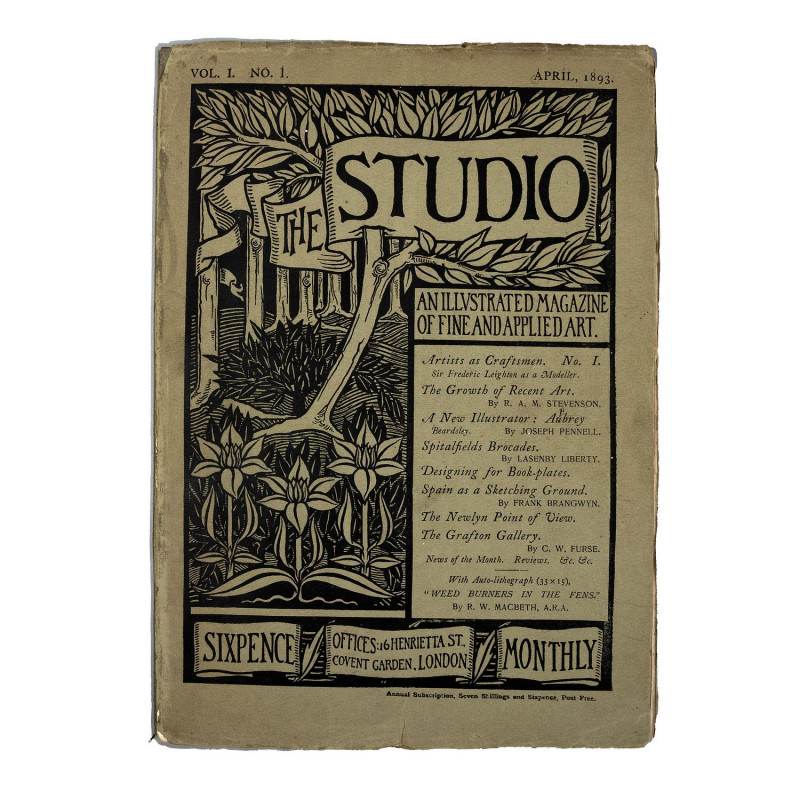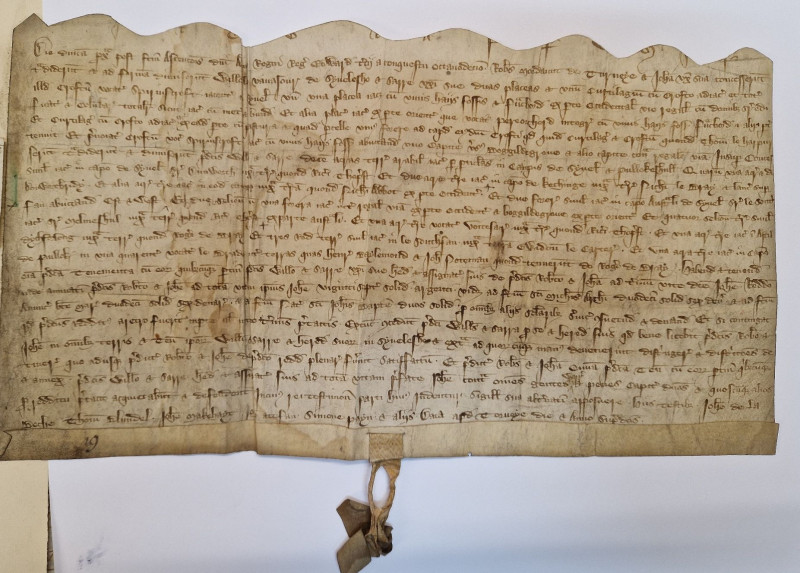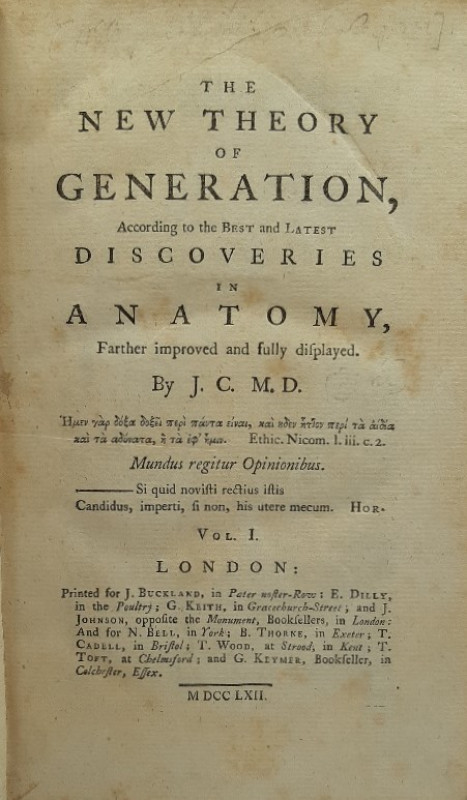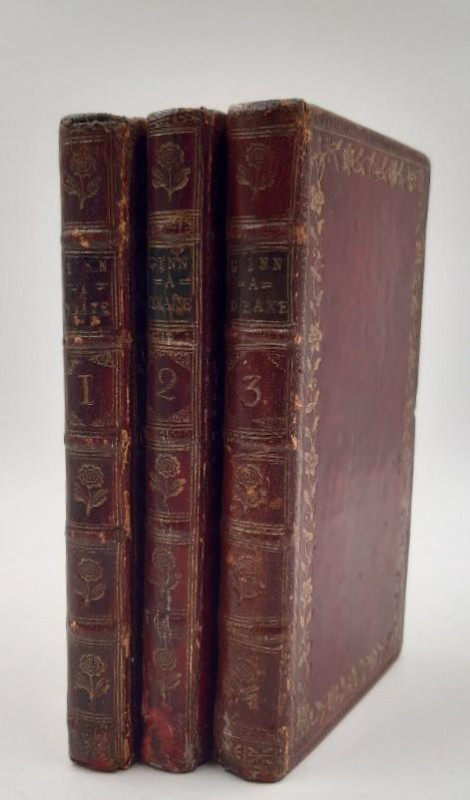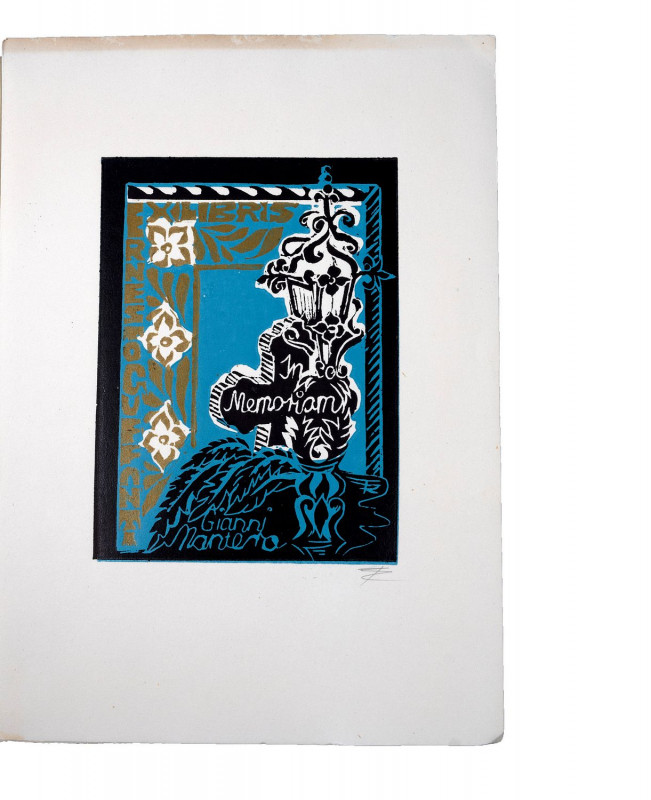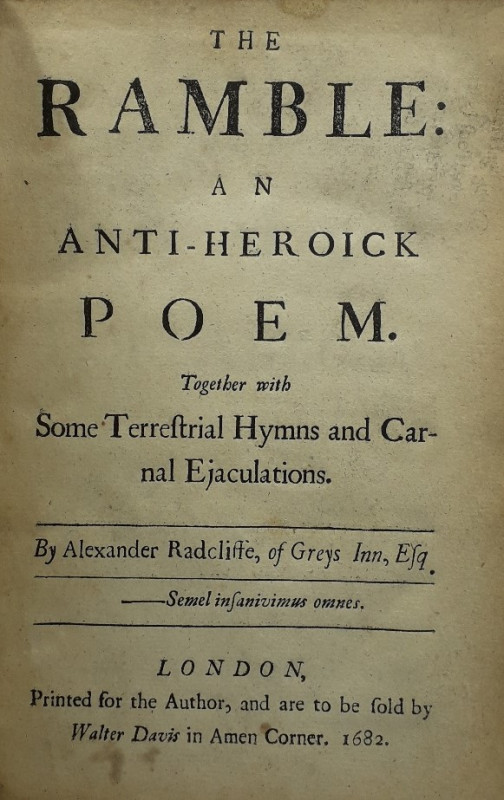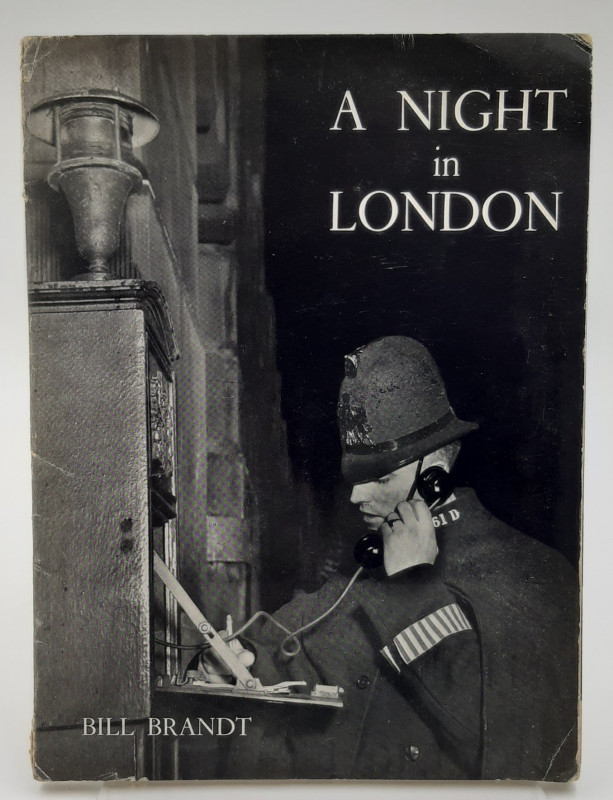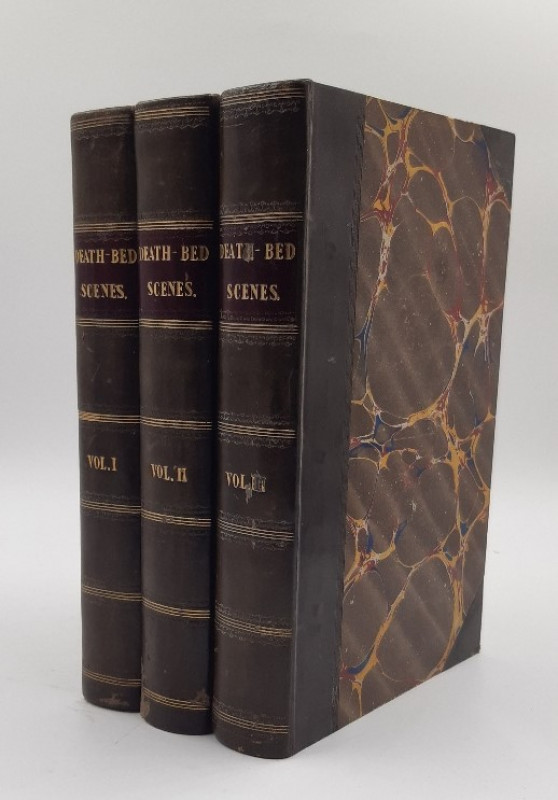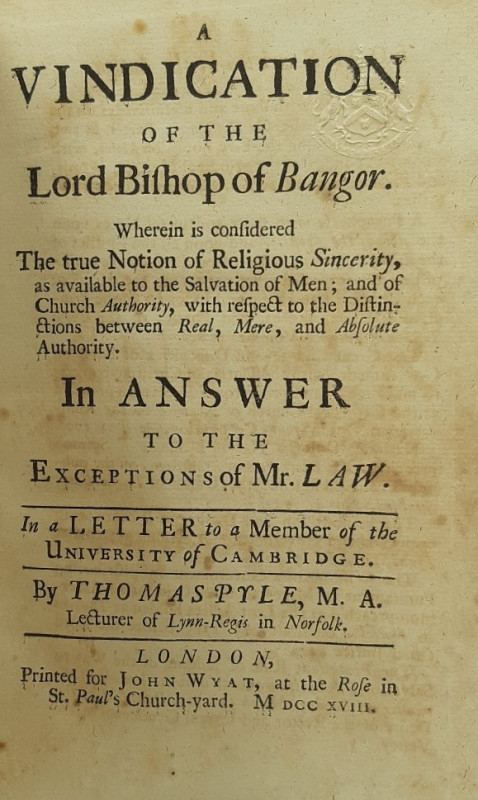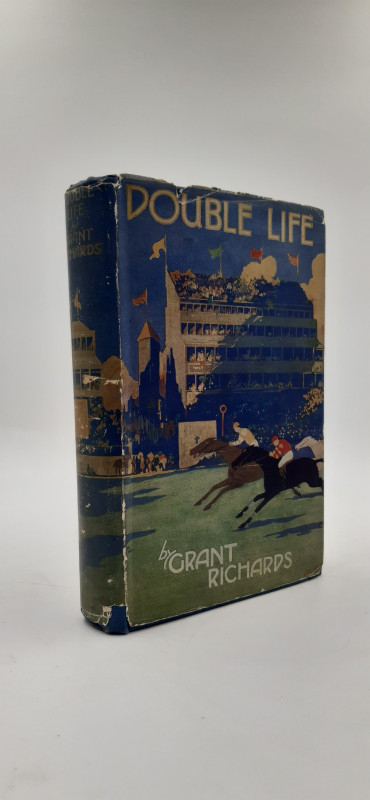The Studio. An Illustrated Magazine of Fine and Applied Art
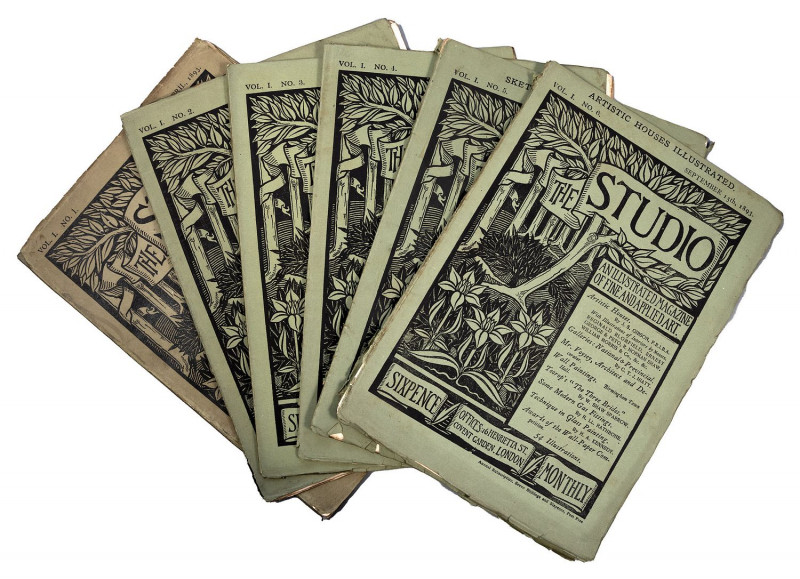

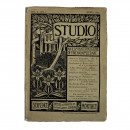
Book Description
A set of The Studio from the Volume 1, Number 1 issued in April 1893 to Volume 100 (ending in December 1930). All 1st eds, all 4to.
Almost all, including the first six issues making up Volume One, are in the rare original paper wrappers. Seventeen volumes are in the green cloth. Of the complete set of one hundred volumes, five are missing (4, 76, 77, 83 and 85) and the set lacks a further eleven individual numbers in the monthly magazine format but this is a very good, near complete set in, for the most part, its original form. Many of the magazines have the text jointly in English and French. All are in very good condition but with some minor tears to some of those in paper wrapper. Further information and images are available on request.
Founded by Charles Holme, a businessman who “was able to take the pulse of a culture and provide exactly what was wanted at a certain historical moment”, The Studio appeared at a time when the public were starting to take a serious and informed interest in art, design and craftsmanship.
The content of the magazine reflected the tastes of the middle-class art lover and amateur artist. This meant decorative art and design that would fit into the late-Victorian domestic setting. The Studio, therefore, demonstrated a firm commitment to the ethos of the Arts and Crafts movement with its Ruskinian emphasis on beauty and utility. All the major Arts and Crafts architects and designers were championed in its pages.
The first editor and the man who set the tone and direction of the magazine was Joseph Gleeson White (1851-1898). The son of a bookseller, White had deep and broad interests in art, literature and music. He was a practising designer and graphic artist, and an active member of the Art Workers’ Guild and has been described as “one of the men who made the artistic and literary life of London” in the 1890s.
The Studio appealed to a specifically British bourgeois taste but its firmly local roots gave it the confidence, unselfconsciously, to broaden its geographical and aesthetic appeal. The magazine attracted a wide readership well beyond this country and so influenced Arts and Crafts and Art Nouveau movements across Europe and the United States. The Studio was much more than a British art magazine. As Clive Ashwin says, “Virtually all art periodicals founded in the ensuing decades owed some debt to this pioneer of art journalism”.
Perhaps the most radical innovation was the adoption of a photomechanical printing technique which transferred an image photographically onto a metal block in halftone. This meant that, for the first time, the intermediate tones and shades found in paintings and photographs could be faithfully reproduced. For this reason, Clive Ashwin has called The Studio “the first visually modern magazine”. It is the striking and beautiful illustrations that made it so popular and influential but White and Holme were fortunate in finding an artist who immediately mastered the photomechanical halftone technique. This was Aubrey Beardsley who provided the first cover and was the subject of an illustrated feature in the first issue. The Studio brought Beardsley to a wide audience and effectively launched his short but brilliant career.
The success of The Studio owed much to the ability of successive editors to understand and reflect changing tastes. Charles Holme died in 1923 but his son Geoffrey took over and, during the 1920s and 1930s cemented the magazine’s reputation as one of the leading contemporary art magazines.
Author
HOLME, Charles and Gleeson White
Date
1893-1930
Publisher
London: The Studio
Condition
Very good
Friends of the PBFA
For £10 get free entry to our fairs, updates from the PBFA and more.
Please email info@pbfa.org for more information
